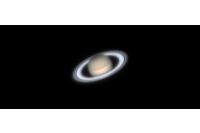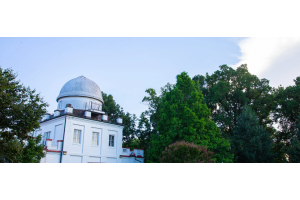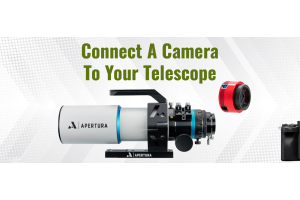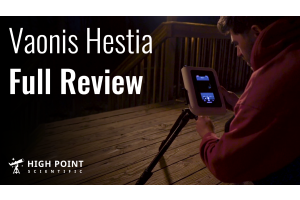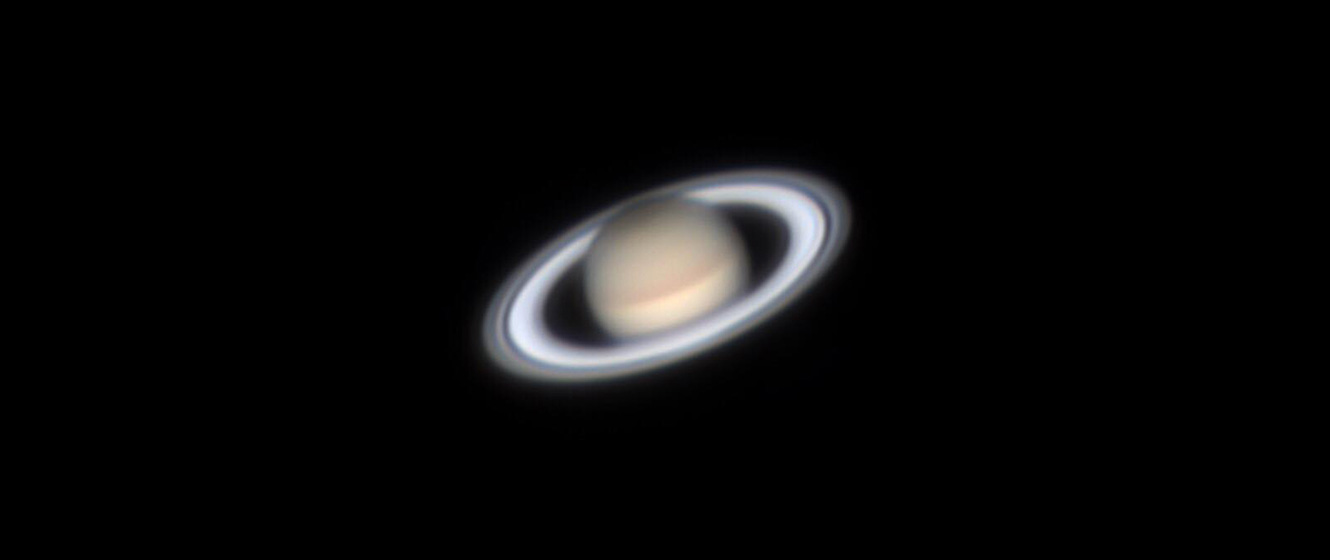
The moons of Saturn have long fascinated astronomers. As of this article being published, Saturn has 82 known moons with the number increasing. However, generally speaking, only eight of these moons can be successfully observed by an amateur: Titan, Rhea, Dione, and Tethys being the easiest; with Iapetus, Enceladus, Hyperion, and Mimas being the most difficult. Finding these moons can be one of the most rewarding experiences for an amateur astronomer. This article will serve as a beginner’s guide to successfully observing the Moons of Saturn!

Saturn and its glorious rings. Photo credit: NASA
What is the best telescope to observe the Moons of Saturn?
There is a saying in the amateur astronomy community: “Aperture is king”. The larger the aperture of your telescope, the higher the limiting magnitude and resolution, thus more you can see through an eyepiece. However, if you use too much aperture, you might find the brightness of Saturn may actually wash out the dimmer moons, such as Enceladus and tiny Mimas. In order to observe all of the moons of Saturn, we recommend using an 8”-10” Dobsonian, however, you may have success observing the moons of Saturn using a telescope of any aperture.
What magnification should I use?
Recall that magnification is equal to the focal length of the telescope divided by the focal length of your eyepiece. For example, if you have a 1,200mm focal length and you put in a 6mm eyepiece, the resulting magnification will be 200x. Generally speaking, we’ve found the best results on the moons of Saturn with a magnification of anywhere from 150-250x. However, this is again highly dependent on the seeing in the atmosphere at the time you’re observing the planet. If the seeing is poor, then you might only be able to see one or two moons; but if the seeing is very good, many more moons may make themselves visible.
Image: Simulated view of Saturn at 200x magnification, courtesy of astronomy.tools
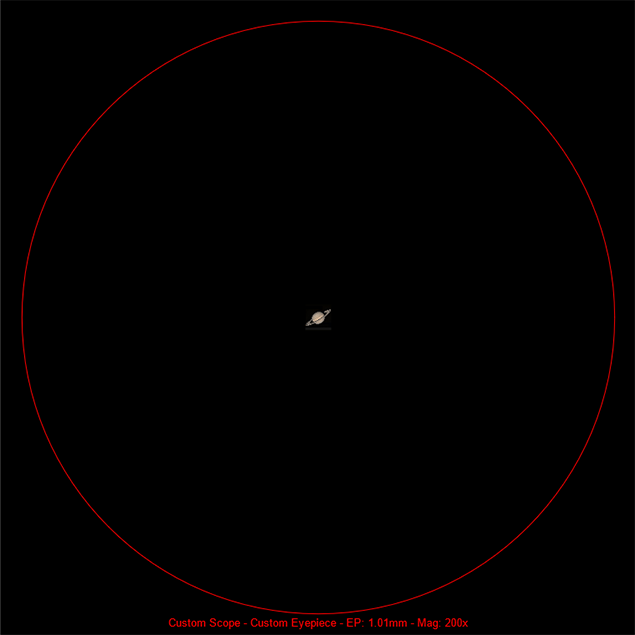
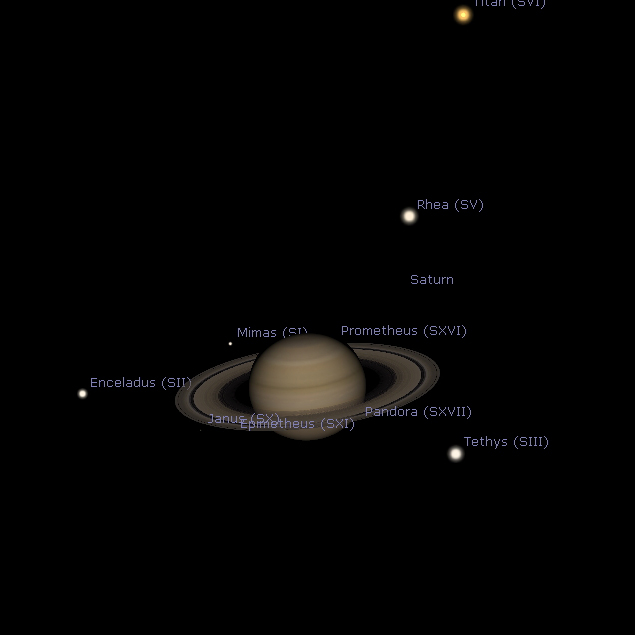
When is the best time to see the Moons of Saturn?
Generally speaking, the best time to observe the moons of Saturn is when Saturn is in opposition with the Earth. “Opposition” refers to the closest approach Saturn makes to the Earth as both planets move about the Sun, where Saturn will be at its brightest. You’ll also want to observe the dimmer moons when they’re at the point in their orbits where they are farthest away from Saturn, also known as “maximum elongation”. This way, the moons aren’t totally washed out by the comparatively bright Saturn (Saturn is over 50,000x brighter than some of its dimmer moons).
Image: Simulated view of Saturn with its major moons visible, courtesy of Stellarium
Observing Saturn’s Moons with a telescope less than 4 inches in diameter
With even the smallest of telescopes, you’ll be able to easily spot Saturn’s largest moon: Titan. Titan is one of the largest moons in the solar system, so even though it’s very far away, it’s quite easy to spot with any optical aid. You’ll see Titan as an orangish star about ~3 times the width of Saturn away. Make sure to double-check with a planetarium program like Stellarium if you’re uncertain. While Titan is the most realistic moon you’ll be able to spot with such a small telescope, you might just be able to see Rhea and Dione with a telescope in this range, provided you have excellent seeing and are at a dark sky location. Telescopes to consider: Apertura 60ED, Apertura 72ED, Sky-Watcher Skymax 90mm.
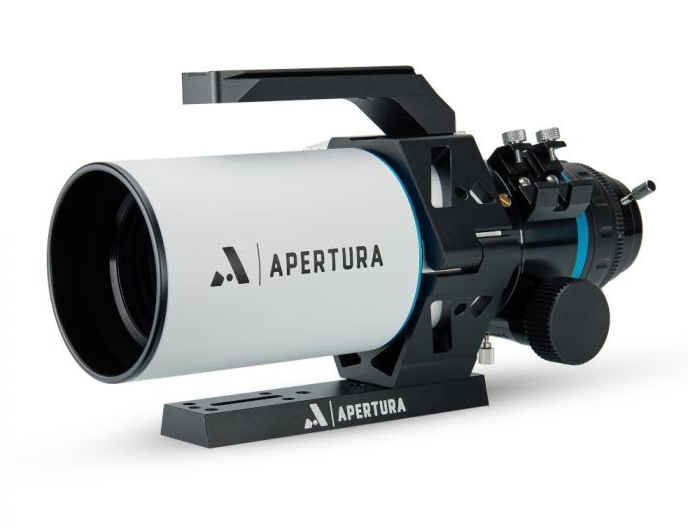
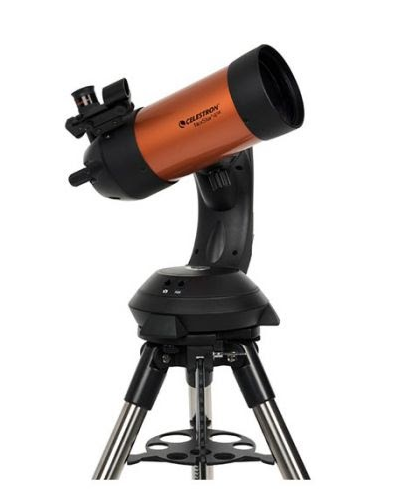
Observing Saturn’s Moons with a telescope 4-6 inches in diameter
Once you reach this range of aperture, more moons become visible through your eyepiece. The “major four” moons should be possible at this aperture: Titan, Rhea, Dione, and Tethys. Tethys, however, will be more of a challenge for an astronomer with a 4” telescope, but those with a 5-6” should be able to spot the moon.
You might also be able to spot faint Enceladus at this aperture, although this will depend on where Enceladus is positioned in its orbit. However, because Enceladus is so dim, you might have to use averted vision - a method that uses your peripheral vision to observe dim objections to be able to properly observe the tiny moon.
Another tricky moon that you might be able to spot is Iapetus, although this is even more dependent on where that moon is about its orbit. Even though it’s further away than the other moons, one side of Iapetus is significantly darker than the other. Telescopes to consider: Celestron NexStar 4SE, Apertura DT6, Sky-Watcher StarTravel 102mm
Observing Saturn’s Moons with a telescope 8 inches or greater diameter
Observing many of the major moons of Saturn becomes easy when using a telescope with this range of aperture. Titan, Rhea, Dione, and Tethys all become easy to spot through an 8” telescope or greater. Enceladus, instead of being something that requires averted vision to use, becomes visible at elongation from Saturn. Iapetus and Hyperion should also both be visible at this aperture. You might also be able to spot very tiny Mimas with a telescope 10 inches or greater, however this will once again greatly depend on the seeing conditions. Those with even larger telescopes (14” or greater) have even been able to report seeing Titan as a “disk” instead of a point of light. Titan has an angular diameter of about 0.9” arcseconds, so if the seeing is very good, you might be able to spot the orange disk of Titan’s nitrogen-rich atmosphere. Telescopes to consider: Apertura DT8, Apertura DT10, Celestron NexStar 8SE.
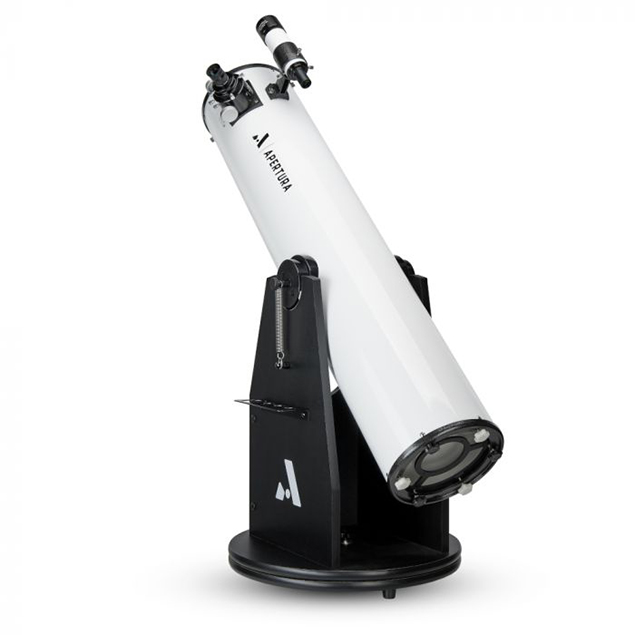

Questions? Contact Us!
Still struggling to observe the moons of Saturn? Not sure which telescope is right for you? Send a message to our non-commissioned product advisors! Our team of telescope experts are happy to point you in the right direction.
This Article was Last Updated on 07/25/2023

